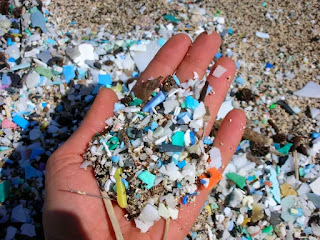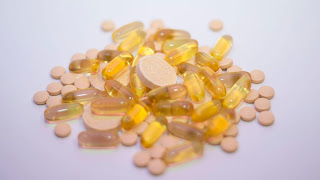A study completed earlier this year concluded that people who eat a Mediterranean-style diet -- particularly one rich in green leafy vegetables and low in meat -- are more likely to stay mentally sharp in later life. Nutritionists have long touted the benefits of the diet on various facets of health, including cardiovascular health. But a team of researchers in Scotland, led by Janie Corley, PhD, at the University of Edinburgh, tested the cognitive ability of over 500 people averaging 79 years of age, none of whom showed any signs of dementia. The tests focused on problem solving, thinking speed, memory and word knowledge, and the researchers also obtained MRI brain scans of over 350 of the participants.
In their initial test, people who adhered most closely to the Mediterranean diet tended to score better, the study found. While the study couldn’t prove cause and effect, the diet was positively associated with improved performance in specific brain functions, such as memory, verbal ability and visuospatial ability. Even after adjusting for childhood IQ and other health and education factors, the results still showed a significant benefit to the brain for folks adhering to a Mediterranean diet compared to those who didn’t.
Other studies have linked cognition and "brain fog" with inflammation in the brain. Much research has identified the Mediterranean diet as the closest thing to an "anti-inflammatory diet" because of its emphasis on including plenty of fruits and vegetables, whole grains, lean protein sources, herbs and spices, and healthy fat sources in the diet every day. These healthy whole foods deliver vitamins, minerals and antioxidants that help strengthen your immune system and ward off inflammation. According to Lona Sandon, a registered dietician nutritionist and professor of nutrition at the University of Texas Southwestern in Dallas, “We could hypothesize that it has something to do with inflammation for one, as well as with other nutrients like magnesium or folate that are found in the leafy greens.”
Less healthy diets — dominated by processed foods — could have the opposite effect, the Scottish researchers warned. That’s because these types of diets tend to be high in red meat, potatoes, and sugary and fried foods. Of these, Sandon noted, red meat appears to be particularly unhealthy for the brain, probably because of red meat’s high level of saturated fat. She added that processed foods are also packed with excessive salt, sugar and other components that can make them both cheap and addictive.
So now you have yet another reason to look at making a Mediterranean-style diet a core part of your wellness lifestyle.

















